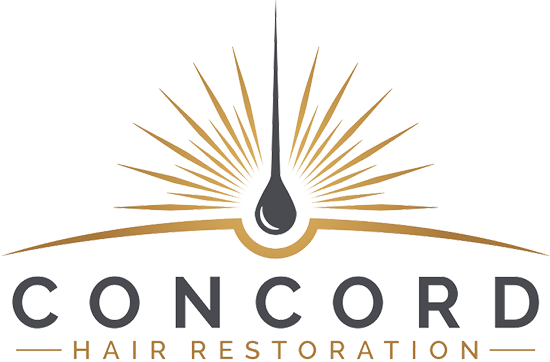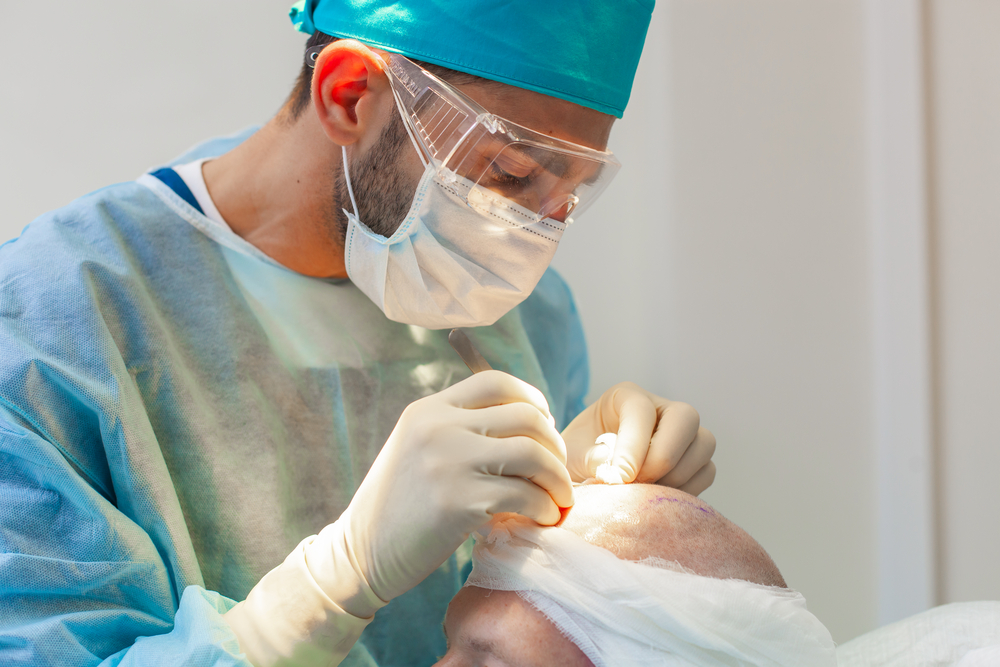Hair loss can be a challenging experience, affecting one’s self-esteem and overall confidence. Fortunately, advancements in medical technology have paved the way for effective hair restoration solutions. Among these solutions, hair transplantation stands out as a popular and successful method. In this article, we will explore the basics of hair transplantation, including the procedure itself, its benefits, and the recovery process.
What is Hair Transplantation?
Hair transplantation is a surgical procedure that involves moving healthy hair follicles from a donor area to the recipient area, typically where the hair is thinning or balding. This procedure allows individuals to regain their natural hair growth and improve their appearance. The transplanted hair follicles are carefully placed to mimic the natural pattern and density of the existing hair.
Causes of Hair Loss
Hair loss can occur due to various factors, such as genetics, hormonal changes, nutritional deficiencies, stress, and certain medical conditions. Male pattern baldness, also known as androgenetic alopecia, is the most common cause of hair loss in men. In women, hormonal changes, including those during menopause, can contribute to hair thinning.
Evaluating Hair Transplantation Candidates
Before undergoing a hair transplantation procedure, it is essential to evaluate whether an individual is a suitable candidate. Factors such as the extent of hair loss, the availability of donor hair, and overall health are considered. A thorough consultation with a qualified hair transplant specialist will help determine the feasibility and potential outcomes of the procedure.
Hair Transplantation Techniques
There are several techniques used in hair transplantation, including:
Follicular Unit Transplantation (FUT)
FUT, also known as strip harvesting, involves removing a strip of scalp from the donor area, usually the back of the head. The strip is then dissected into individual follicular units, which are later transplanted into the recipient area.
Follicular Unit Extraction (FUE)
FUE is a minimally invasive technique that involves extracting individual hair follicles directly from the donor area. The extraction process leaves tiny, nearly invisible scars, and the follicles are then transplanted into the recipient area.
Robotic Hair Transplantation
Robotic hair transplantation utilizes advanced robotic systems to assist in the extraction and placement of hair follicles. This technique offers precision and efficiency during the procedure, ensuring optimal results.
Preparing for a Hair Transplantation Procedure
Before undergoing a hair transplantation procedure, several steps are taken to prepare the patient for the surgery:
Consultation and Assessment
A consultation with a hair transplant specialist is crucial to evaluate the patient’s hair loss pattern, assess the donor area, and discuss the desired outcomes. The specialist will create a personalized treatment plan based on the individual’s unique needs.
Preoperative Instructions
Patients are provided with preoperative instructions, which may include guidelines on medication, dietary restrictions, and avoiding substances that can thin the blood. It is important to follow these instructions to ensure a successful procedure.
The Hair Transplantation Procedure
The hair transplantation procedure typically involves the following steps:
Anesthesia
Local anesthesia is administered to ensure the patient’s comfort during the surgery. This numbs the scalp and minimizes any potential discomfort.
Donor Area Extraction
In FUT, a strip of scalp is removed from the donor area, and the wound is sutured. In FUE, individual follicular units are extracted directly from the donor area using specialized tools. The donor area is carefully chosen to provide hair follicles resistant to hair loss.
Graft Preparation
The extracted hair follicles are carefully dissected and prepared for transplantation. The grafts are sorted based on their size and quality to ensure the best possible results.
Recipient Area Implantation
Using precise techniques, the surgeon creates tiny incisions in the recipient area and carefully implants the hair follicles. The surgeon pays close attention to the natural hair growth pattern, density, and angle to achieve a natural-looking result.
Recovery and Postoperative Care
After a hair transplantation procedure, proper care and follow-up are crucial for optimal recovery:
Postoperative Instructions
Patients are provided with detailed postoperative instructions, including guidelines for washing the scalp, avoiding physical activities, and caring for the newly transplanted hair. It is important to follow these instructions to promote healing and minimize the risk of complications.
Managing Discomfort and Swelling
Some discomfort and swelling in the scalp are common after the surgery. The surgeon may prescribe pain medication and provide recommendations for managing these symptoms. Applying cold compresses can help reduce swelling.
Hair Growth Timeline
Following the transplantation, the transplanted hair will initially shed within a few weeks. This shedding is a normal part of the process, and new hair growth will gradually begin. Within several months, the transplanted hair will start growing naturally, and the final results will become more apparent over time.
Benefits of Hair Transplantation
Hair transplantation offers several benefits for individuals seeking a solution to their hair loss:
Natural-Looking Results
One of the significant advantages of hair transplantation is the ability to achieve natural-looking results. Skilled surgeons strategically place the hair follicles to mimic the natural growth pattern, ensuring a seamless and authentic appearance.
Permanent Solution
Hair transplantation provides a permanent solution to hair loss. The transplanted hair follicles are resistant to the hormone responsible for hair loss, ensuring long-lasting results.
Improved Self-Esteem
Regaining a full head of hair can significantly improve self-esteem and confidence. Hair transplantation allows individuals to restore their appearance and feel more positive about their overall image.
Minimal Downtime
Hair transplantation typically involves a relatively short recovery period. Most individuals can resume their normal activities withina few days to a week after the procedure, making it a convenient option for those with busy lifestyles.
Potential Risks and Complications
While hair transplantation is generally safe and well-tolerated, like any surgical procedure, it carries some risks and potential complications. These can include infection, bleeding, scarring, and temporary shock loss, where the transplanted hair falls out before new growth occurs. It is crucial to choose a qualified and experienced hair transplant specialist to minimize the risk of complications and ensure optimal outcomes.
Hair transplantation is a reliable and effective solution for hair loss, offering individuals the opportunity to restore their natural hair growth and enhance their appearance. The procedure, which involves transplanting healthy hair follicles from a donor area to the recipient area, provides long-lasting and natural-looking results. By following the preoperative and postoperative instructions and selecting a skilled surgeon, individuals can achieve successful outcomes and regain their confidence.
FAQs
1. Is hair transplantation a painful procedure? No, hair transplantation is performed under local anesthesia, ensuring that patients are comfortable throughout the procedure. Some mild discomfort and swelling may be experienced after the surgery, but pain medication can be prescribed to manage any discomfort.
2. Can women undergo hair transplantation? Yes, women can also undergo hair transplantation. Female pattern hair loss or thinning can be successfully treated with this procedure.
3. How long does it take to see the final results of a hair transplantation? The transplanted hair will initially shed within a few weeks. However, new hair growth will gradually begin, and within several months, the transplanted hair will start growing naturally. The final results can be seen within 6 to 12 months after the procedure.
4. Are the results of hair transplantation permanent? Yes, the results of hair transplantation are generally permanent. The transplanted hair follicles are resistant to the hormone responsible for hair loss, providing long-lasting results.
5. Can I style my transplanted hair like natural hair? Yes, once the transplanted hair has grown, it can be styled and treated just like your natural hair. You can cut, dye, and style it as desired.
Are you tired of dealing with hair loss or an unsatisfactory hairline?
Look no further than Concord Hair Restoration! Our team of experienced hair restoration specialists is here to transform your hair and boost your confidence. We understand the impact that hair loss can have on your self-esteem, and we’re committed to helping you regain a full, natural-looking head of hair.
Don’t let hair loss hold you back any longer. Take the first step towards a brighter future by scheduling your consultation with Concord Hair Restoration today. Our knowledgeable experts will assess your unique needs, answer all your questions, and design a personalized treatment plan just for you.
Imagine waking up each morning with a renewed sense of confidence, ready to take on the world. With Concord Hair Restoration, that dream can become a reality. Don’t wait any longer to reclaim your hair and your confidence. Contact us now and let us guide you on your journey to a fuller, more vibrant head of hair. We have two locations in Southern California, Los Angeles, and San Diego.
Schedule your consultation. Your hair transformation awaits!

